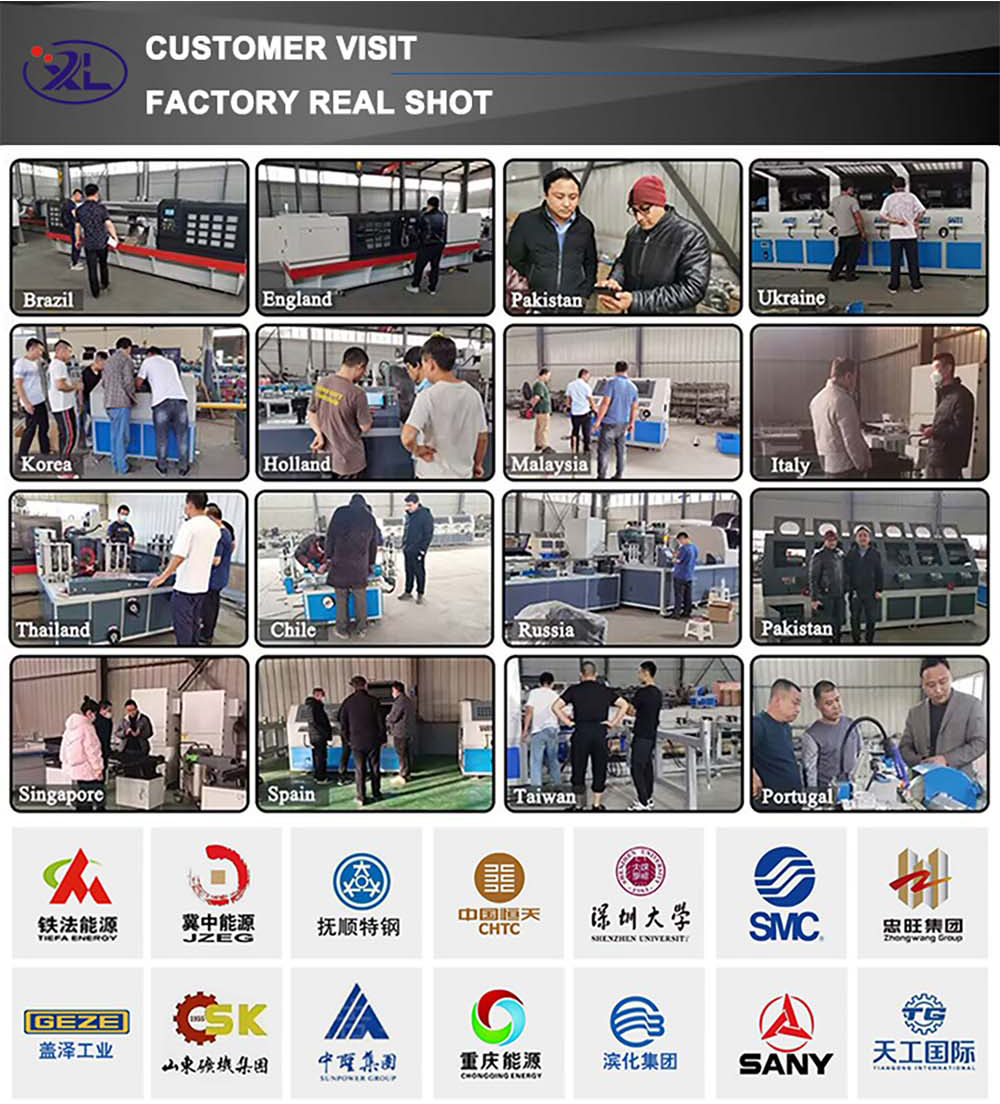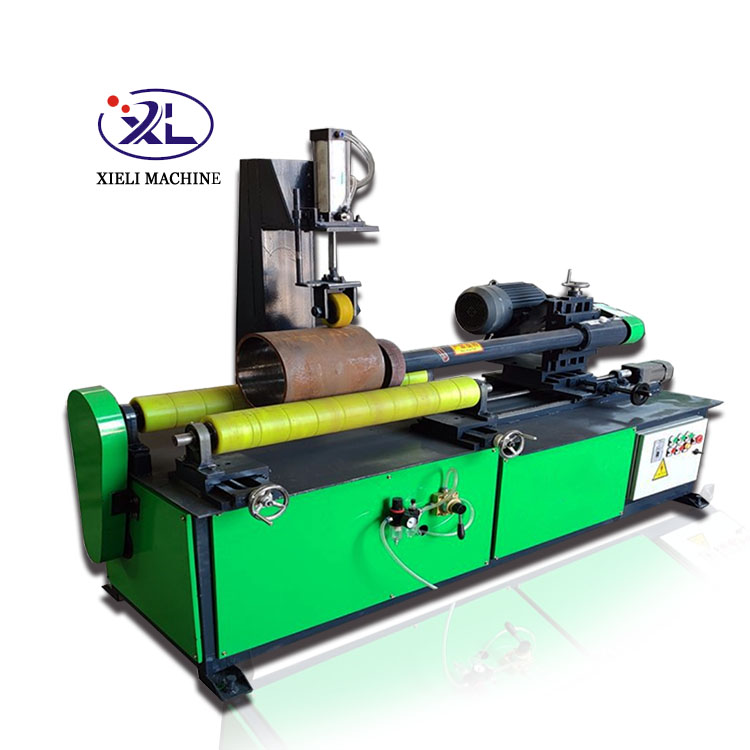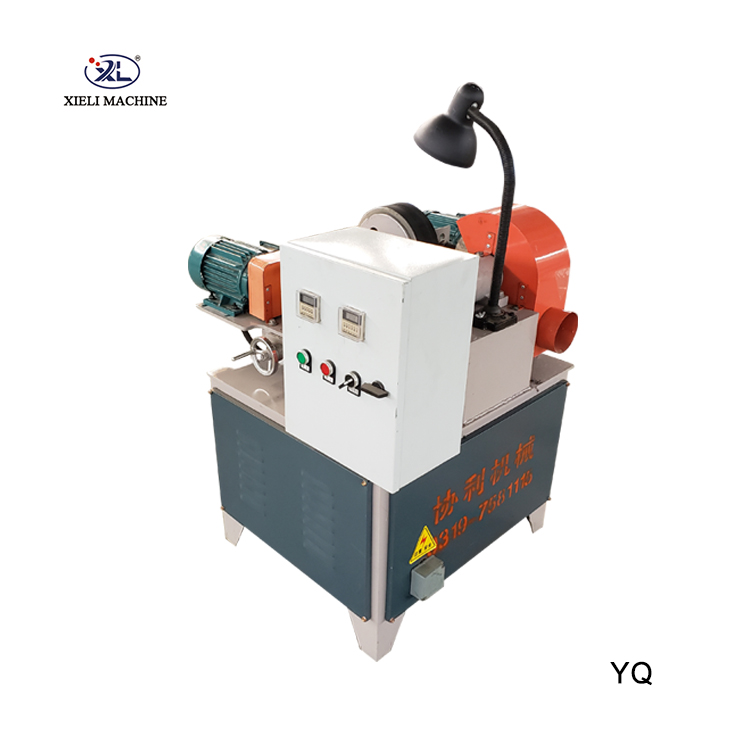Best Centerless Grinder Troubleshooting A Comprehensive Guide
Centerless grinders are vital machines in the manufacturing process, allowing for precise and efficient grinding of various materials. However, like any other machinery, they can encounter issues that impair their performance. Troubleshooting these problems quickly and effectively is essential to maintain productivity and quality. In this article, we'll explore common centerless grinder problems, their potential causes, and solutions to get you back on track.
Common Issues with Centerless Grinders
1. Inconsistent Grinding One of the most frustrating issues is inconsistent grinding, which can lead to variations in material dimensions. This problem often arises from several factors, including improper setup, worn grinding wheels, or misaligned workpieces.
Solutions - Check Setup Ensure that the workpiece is properly aligned in the grinding machine. Verify the setup according to the manufacturer’s guidelines. - Inspect Grinding Wheels Worn or damaged wheels can cause uneven grinding. Regularly check the condition of grinding wheels and replace them if necessary. - Adjust the Dress Occasionally dressing the grinding wheels can restore their cutting ability and improve consistency.
2. Overheating Overheating can lead to thermal distortion of the workpiece and damage to grinding wheels, impacting the final product's quality.
Solutions - Coolant Flow Ensure sufficient coolant is used to minimize heat generation during grinding. If the coolant system is malfunctioning, fix any blockages or replace faulty pumps. - Grinding Parameters Review and adjust the grinding parameters such as feed rate and depth of cut to minimize heat production.
3. Poor Tapered Workpieces If the finished product is tapered rather than cylindrical, this could be indicative of several issues in the grinding setup.
Solutions - Bed Leveling Check and level the machine bed, as uneven surfaces can cause the workpiece to grind incorrectly. - Regulating Wheel Alignment Misalignment of the regulating wheel can cause workpieces to taper. Adjust the wheel's position according to the manufacturer's instructions.
best centerless grinder troubleshooting

Solutions - Inspect for Vibration Look for any loose components or improperly secured parts in the grinder. Tightening these can reduce vibration. - Dampening Techniques Implement dampening techniques, such as vibration isolation mats or supports, to absorb vibrations.
5. Tool Wear Grinding tools wear out over time and require regular maintenance. Dull tools affect accuracy and surface finish.
Solutions - Regular Inspection Periodically inspect tool wear and replace as needed. Keeping a maintenance schedule can help prevent unexpected downtimes. - Proper Dressing Regular dressing of grinding wheels is essential to maintain their sharpness and efficiency.
6. Workpiece Movement If the workpiece is shifting during grinding, it can lead to inaccuracies.
Solutions - Check Workpiece Support Ensure that the workpiece is adequately supported and secured within the machine. Adjust the support mechanism to minimize movement. - Check for Contamination Clean the workpiece to remove any residue or dirt that might cause shifting.
Conclusion
Troubleshooting centerless grinders involves identifying specific problems and applying effective solutions to enhance performance. Regular maintenance, checking for wear, and making necessary adjustments can help minimize issues and prolong the life of your grinding equipment. By understanding common problems and their solutions, operators and technicians can ensure that the centerless grinding process remains efficient, accurate, and productive. With these guidelines at your disposal, you can tackle centerless grinder challenges confidently and maintain high-quality output.





